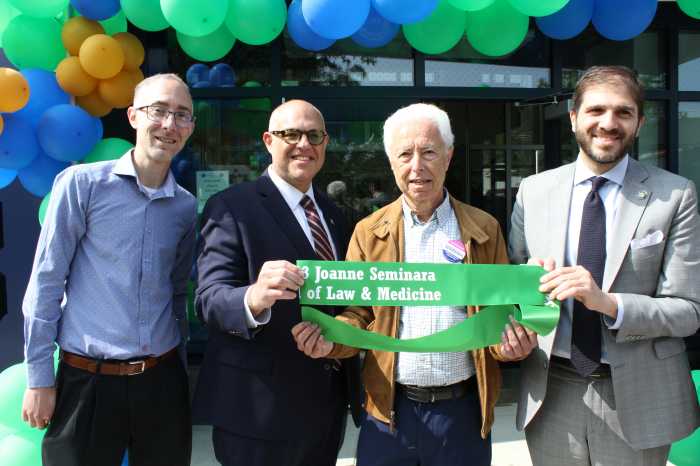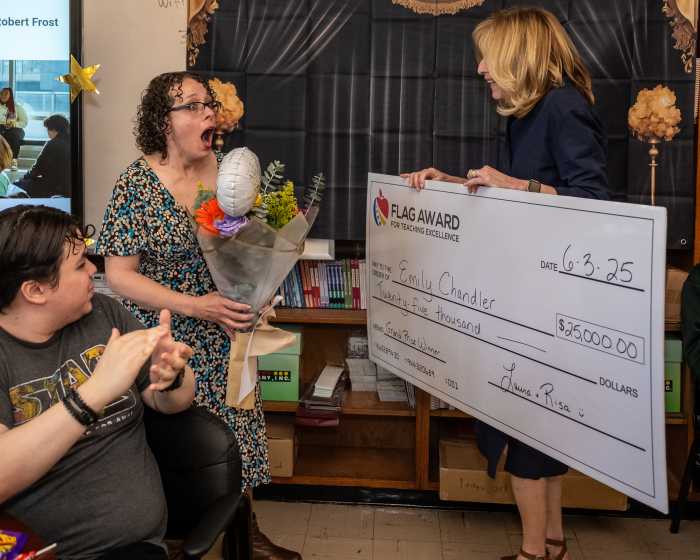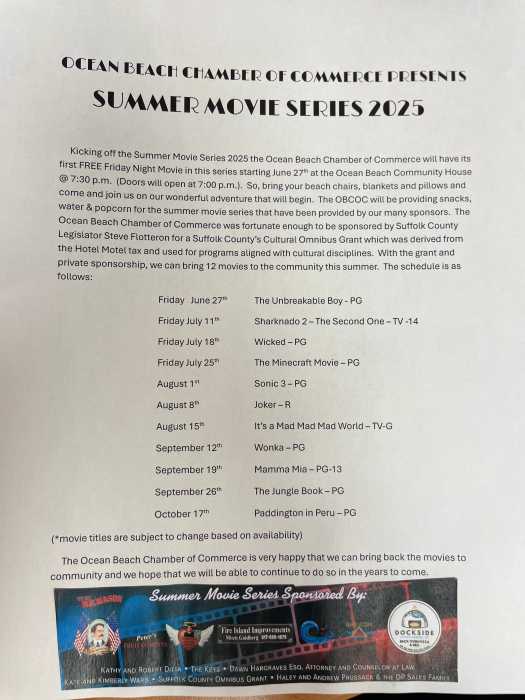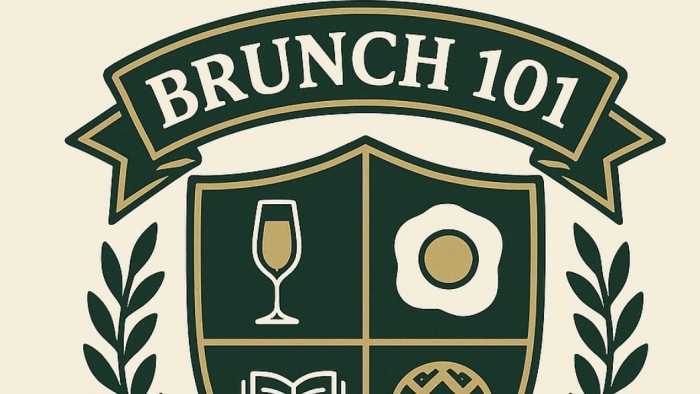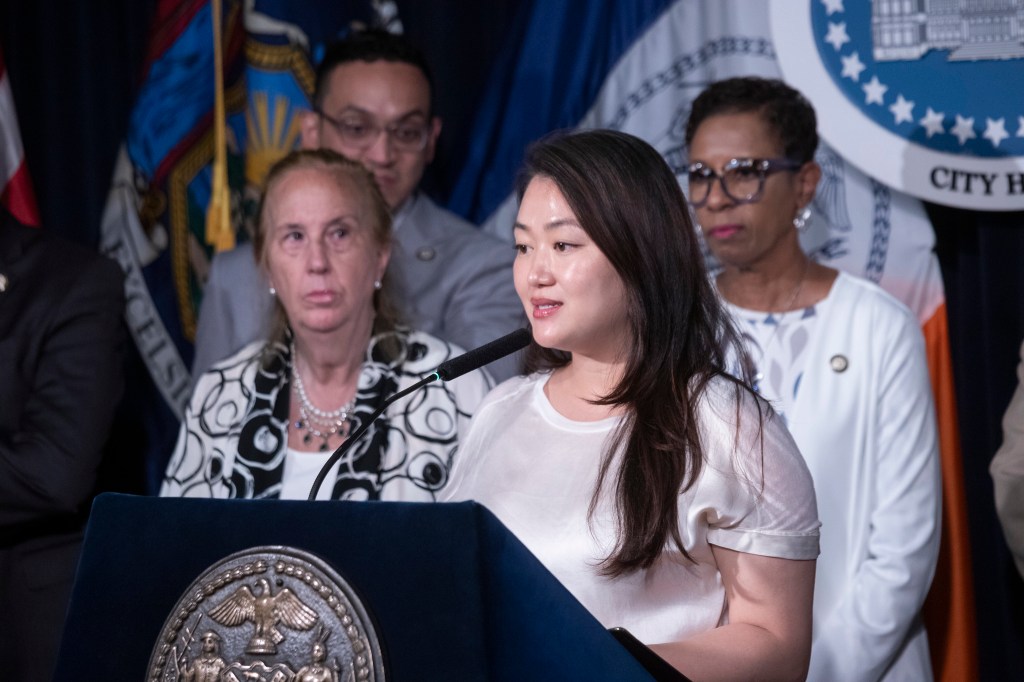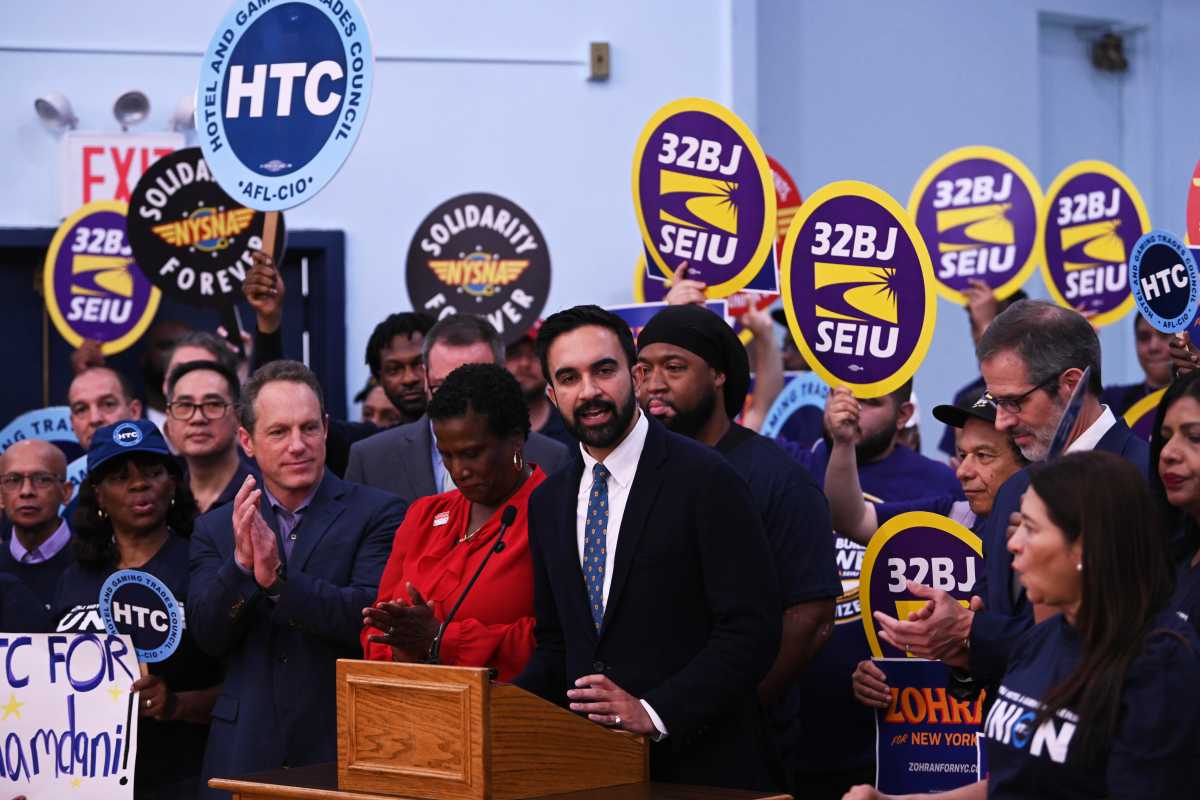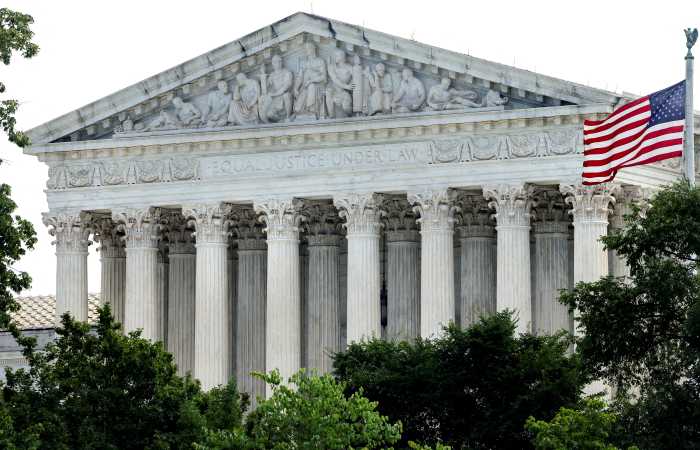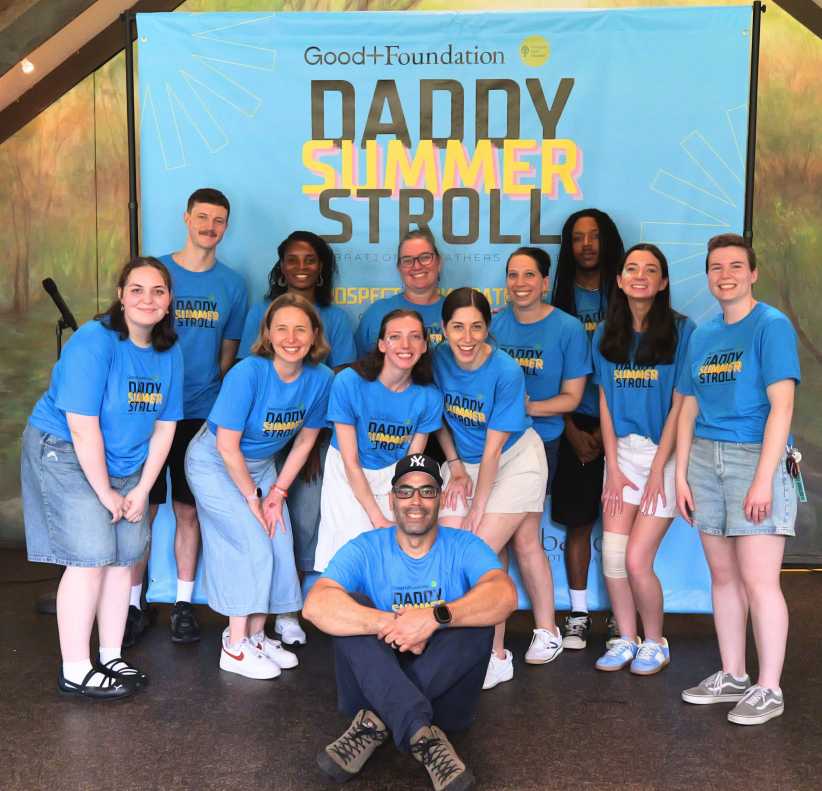Good cheer, neighborliness and a nudge to the social conscience set the tone for an afternoon of simple pleasures in Willowtown where mom, dad and the kids joined festive forces with visitors to celebrate the 120th anniversary of the handsome, history−steeped red brick community in Brooklyn Heights with a special salute to its visionary – affordable housing pioneer Alfred Tredway White [1846−1921].
Presented by the Willowtown Association, the frolic featured a cornucopia of family−friendly activities in tribute to the milestone birthday of the distinctive Riverside apartment building on Columbia Place, and to the man known as “the great heart and mastermind of Brooklyn’s better self,” who lobbied for construction of the six−story tenement, which became the first such building to boast both indoor plumbing and an outdoor garden.
The absence of willow trees is lushly compensated by the profusion of sycamores and gingkos, providing a shady awning for the enclave of 19th century residential architecture, boasting Federal, Greek Revival and Gothic Revival styles, accented by Renaissance Revival details. It is bounded on the north by both sides of Joralemon Street from Hicks to Furman streets, on the south by the north side of Atlantic Avenue from Hicks to the Palmetto Playground, on the east by both sides of Hicks Street from Joralemon to Atlantic Avenue, and on the west by Furman Street between Joralemon and Atlantic Avenue.
The A.T. White Community Center on Willow Place, dating back to 1867, began as a chapel of the First Unitarian Church on Pierrepont Street at Monroe Place, where White, a lay leader in the church, established a kindergarten there as part of his efforts to improve conditions for the poor.
The lively commemoration included a rally, a tree dedication in Riverside’s historic garden and a book−signing of the newly−published book, “The Social Vision of Alfred T. White,” in addition to speeches about the life and accomplishments of White, Brooklyn’s commissioner of City Works during Mayor Charles Schieren’s administration, who donated his entire salary for the two years he held the position – $12,000 – to the city to help defray the cost of the clock tower and office building for the former Wallabout Market prompting Schieren’s successor, Mayor Frederick Wurster, to laud White as setting an example, “worthy to be emulated by city officials, everywhere.” Once the second largest market in the world and located on the site of what, today, is the Brooklyn Navy Yard, Wallabout fell prey to the rigors of World War II when the ship yard increased by seven−fold, swallowing up the land upon which the market was built.






